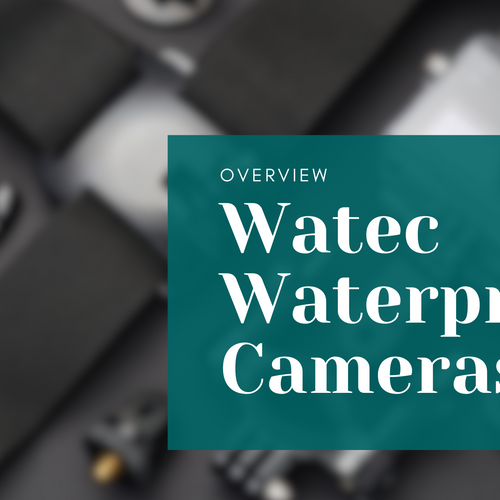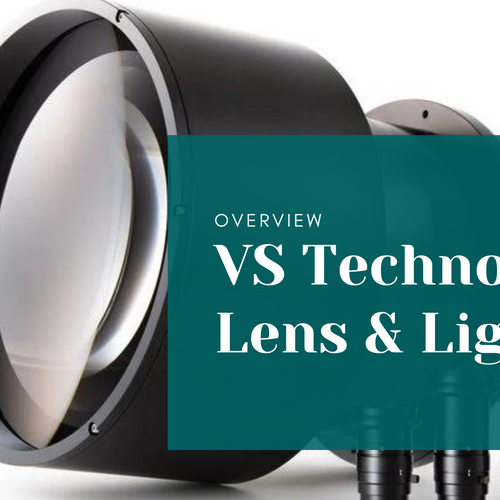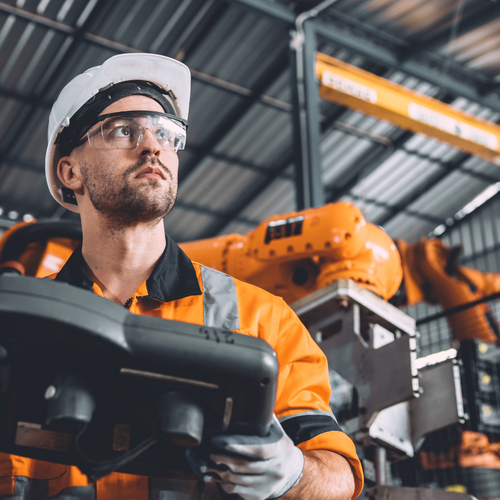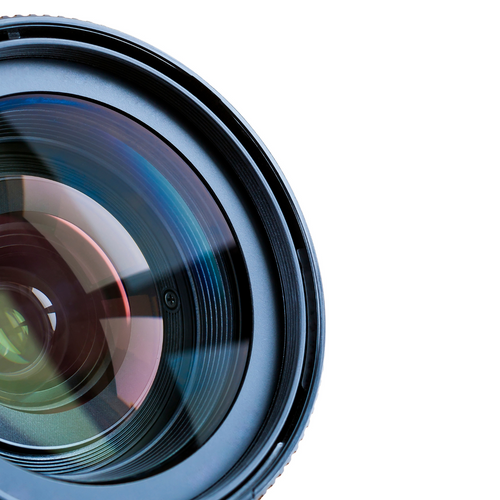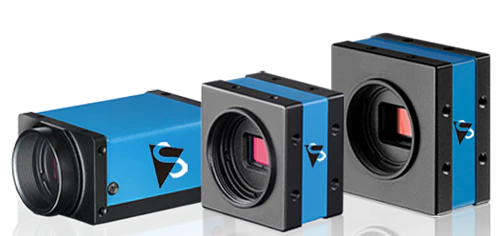Smart Waste Management with IDS Cameras |
|
Smart waste management plays a crucial role in smart cities, utilizing innovative technologies and data-driven solutions to enhance residents' quality of life, reduce environmental impact, and optimize resource use. It extends beyond recycling, incorporating innovative waste collection and processing methods. Efficient waste collection systems are a key component of these smart cities. So a German company specializing in IT solutions for waste disposal logistics, addresses this challenge with its AI solution, c-detect, focusing on the seamless collection of organic waste from households. The cleaner the delivered bio-waste, the lower the removal costs of foreign matter. This leads to an increase in the quantity and quality of compostable bio-waste, enhancing the marketable end product. C-trace GmbH has developed an AI-based system to detect impurities during organic waste collection, ensuring optimal purity for further processing. |

With the help of two cameras per system variant, c-trace can use object detection to identify all relevant types of materials and objects that have no place in biowaste. It detects trained contaminants such as plastic bags or metals and in future will also be able to distinguish between normal and biodegradable plastic bags. Both static image recordings (TopView) and dynamic image recordings in the pouring process (InsideView) are recognized, processed and documented via image verification. The content is immediately evaluated in the vehicle using trained artificial intelligence. The evaluation of the detection can be tracked in real time directly in the vehicle via a powerful AI on-board computer and the associated c-ident touch board. In the event of detection, an evidence photo is saved and automatically forwarded for evaluation.
Additionally, the TopView variant uses the view from above into each organic waste garbage can. For this purpose, two cameras are installed at the rear of the collection vehicle, above the bulk material. As soon as the system detects impurities on the surface of the open organic waste container, the waste collection vehicle's dumping process is automatically stopped.
All data can be viewed in real time and subsequently analyzed. The inspection and evaluation of biowaste not only serves to raise public awareness of the need to dispose of unmixed organic waste, but also as a basis for decisions on material flow management. The separate processing of heavily soiled batches is controlled in a targeted manner, which reduces the processing technology and operating costs of disposal.
3D Imaging with 2D Cameras for Manufacturing

The manufacturing industry is grappling with numerous challenges including technological advancements, environmental concerns, and globalization. These hurdles necessitate new strategies such as embracing novel technologies, resource conservation, and supply chain optimization. Automation and artificial intelligence (AI) play pivotal roles in this transformation. The UK-based startup, Cambrian Robotics Limited, provides an AI-driven solution for various robotics applications in manufacturing. Their system includes a module for robotic arms, a computing unit with pre-installed intelligent software, and a camera module, each equipped in series with two uEye+ XCP cameras from IDS.
The associated camera module is equipped with two space-saving uEye XCP industrial cameras. "Using the stereovision principle, the two IDS cameras provide images of the object scene from different viewing angles. The challenge is to determine the position of the part to be gripped as accurately as possible from these images. This, in turn, is the task of AI," says Miika Satori. The combination of image acquisition, AI models and special image processing makes it possible to determine acquisition points and positions particularly precisely. "Standard CAD applications for 3D bin picking often use structured light for this, or sensors that project something onto the environment, create a point cloud, and then try to find the part within it. Cambrian uses only two standard IDS industrial cameras instead of a 3D camera."
The incredibly fast image capture is made possible not least by the SuperSpeed USB 5 Gbps cameras, which reliably deliver high-resolution data for detailed image analysis in any environment, explicitly in applications with low ambient light or changing lighting conditions. Thanks to BSI ("Back Side Illumination") pixel technology, the integrated sensor (1/2.5" 5.04 MPixel rolling shutter CMOS sensor onsemi AR0521) offers stable low-light performance as well as high sensitivity in the NIR (near infrared) range, so that the uEye XCPs deliver high-quality images in almost any lighting situation - with low pixel noise at the same time. With its small, lightweight full housing (29 x 29 x 17 millimeters, 61 grams) and screwable USB Micro-B connector, the USB3 XCP is particularly suitable for use in combination with robots and cobots in the field of automation.
These are just two specific examples of unique vision applications, if you’d like information or help designing, altering, or upgrading your system, let us know!

